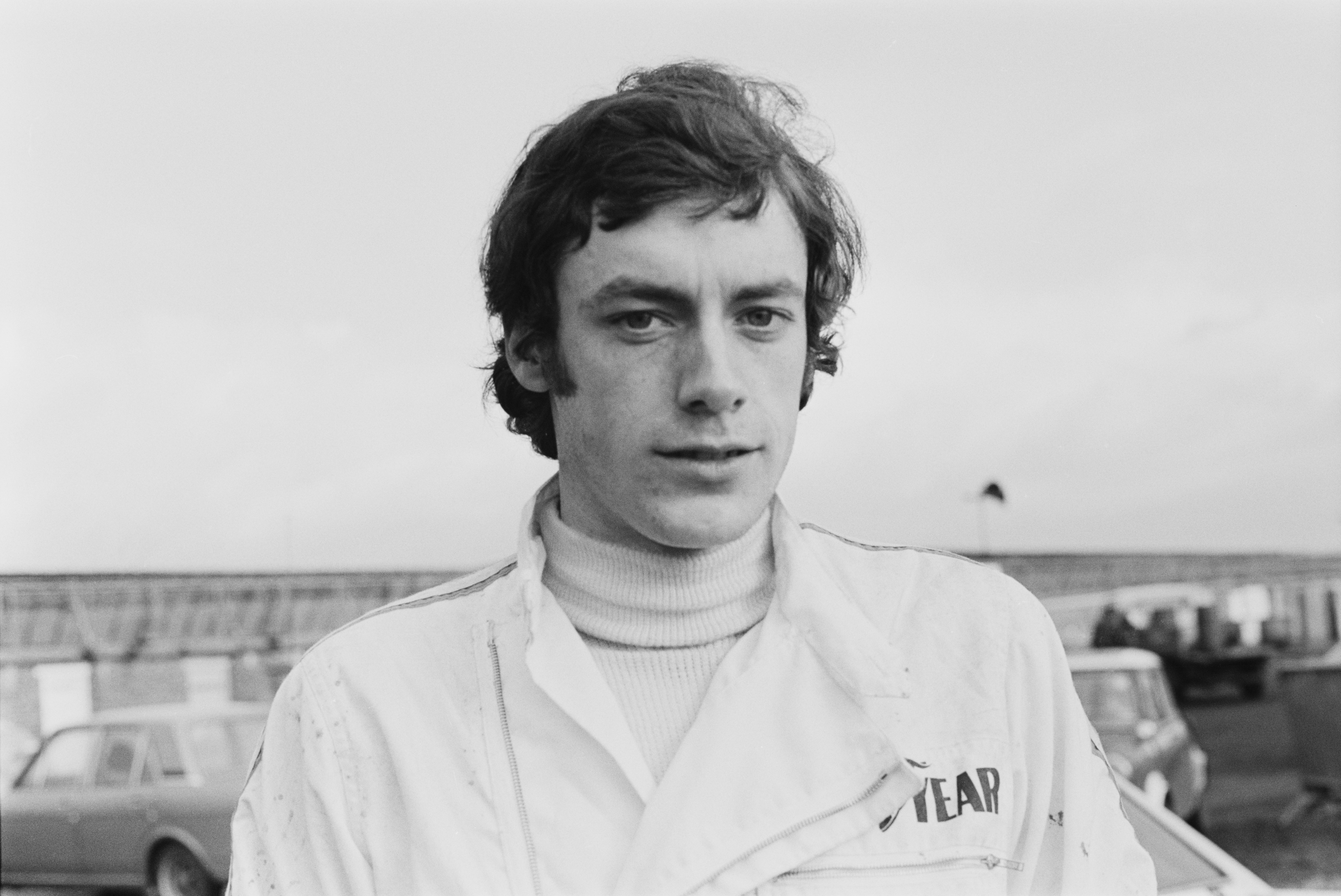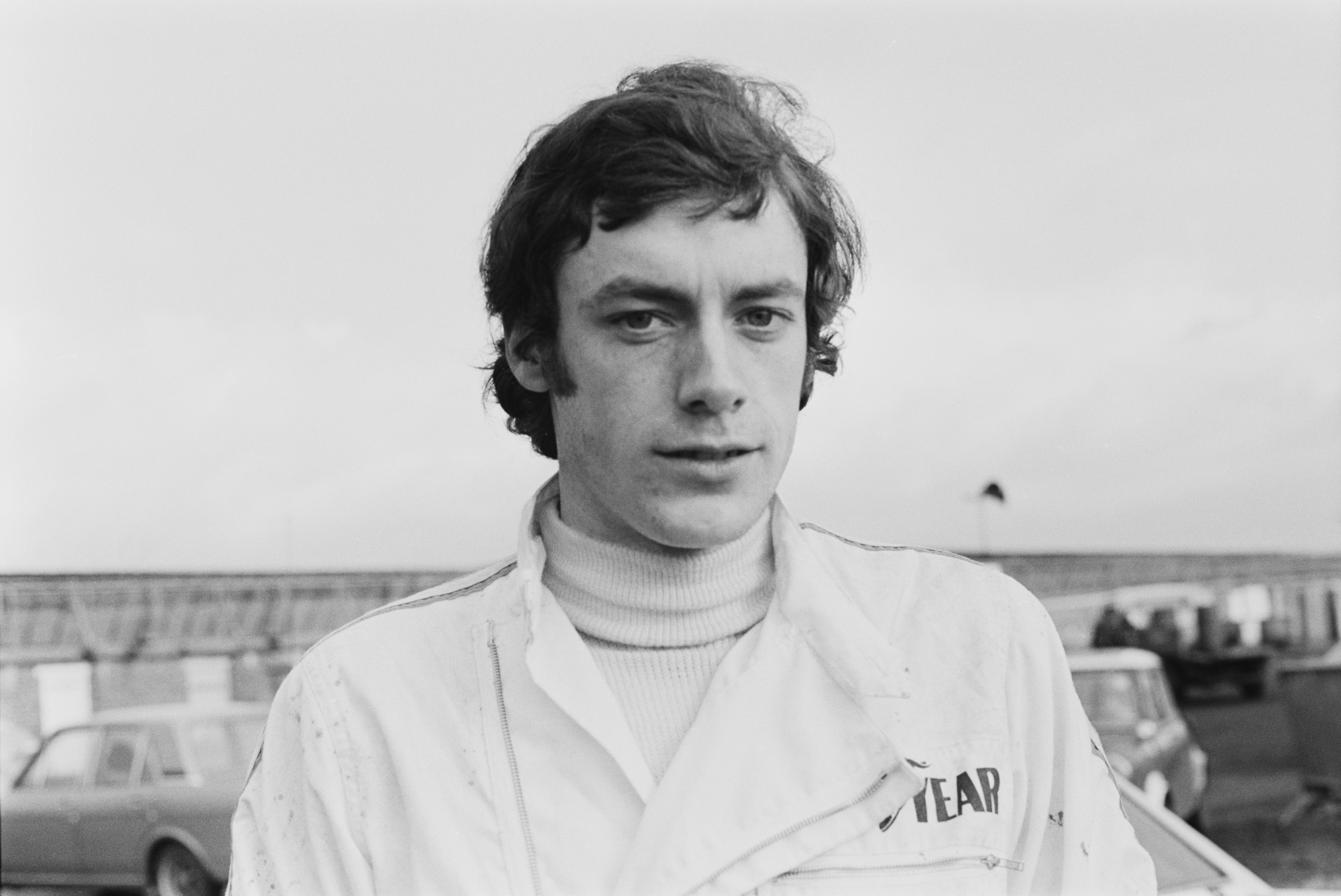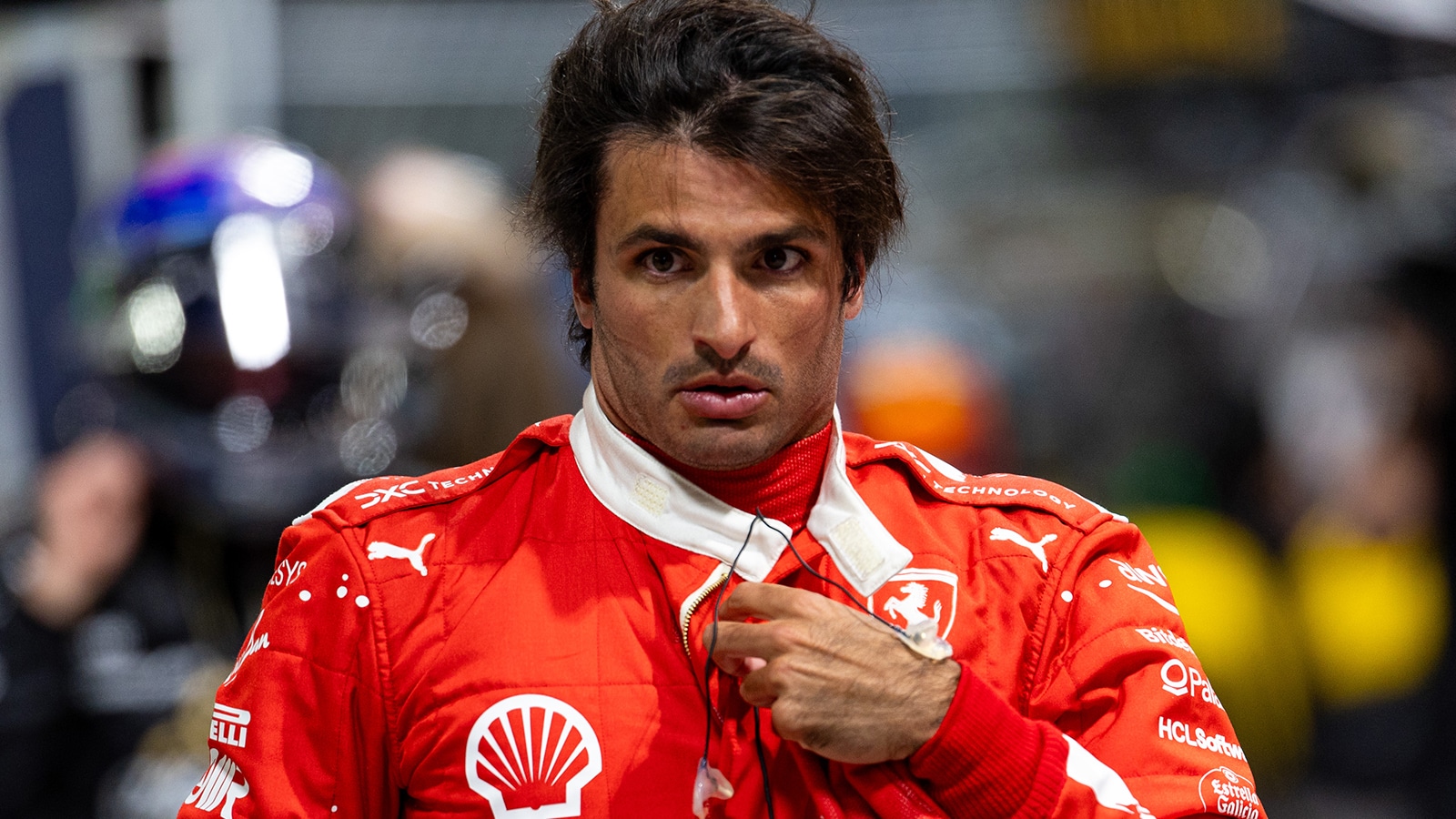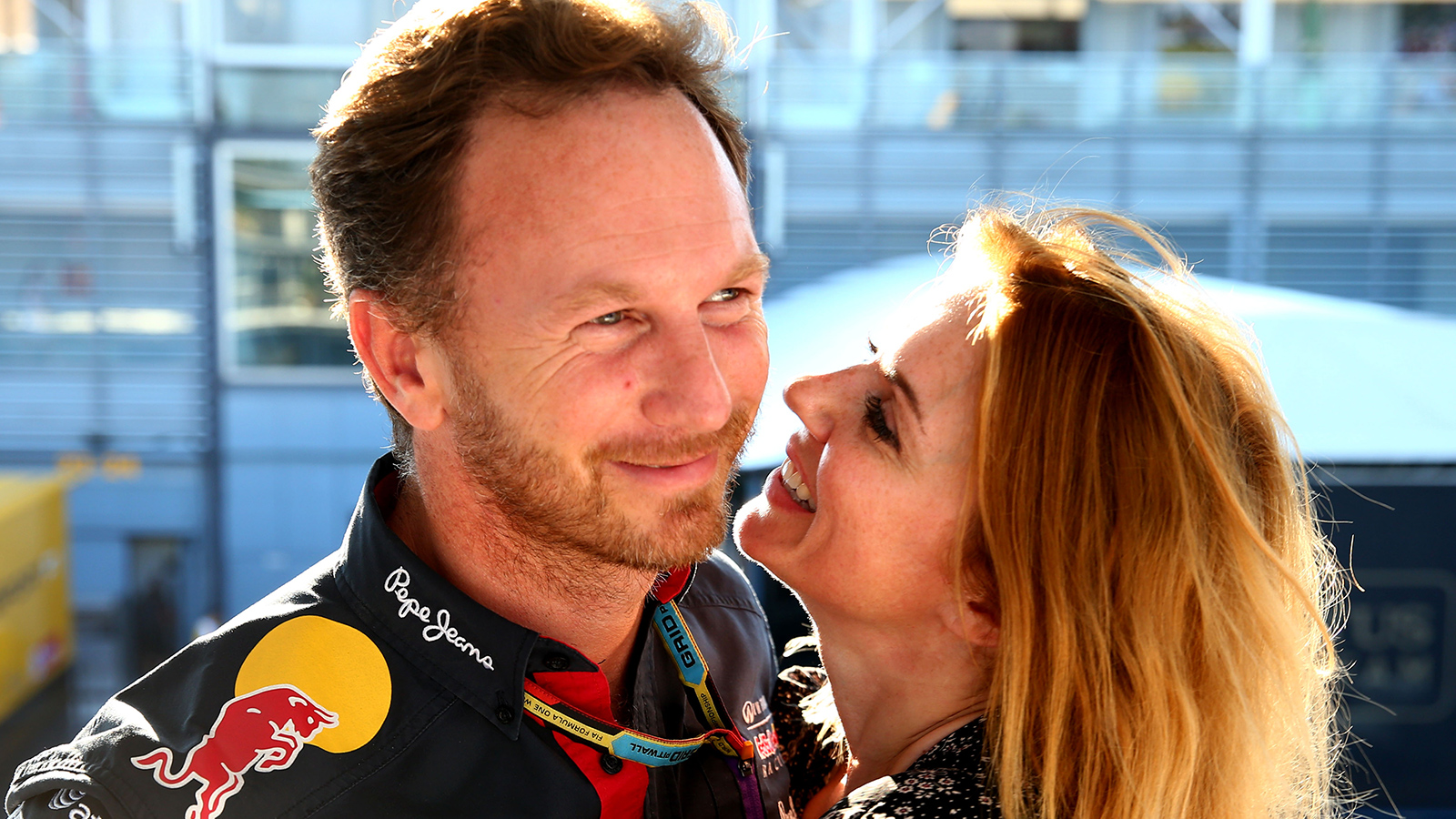
Grand Prix Driver Tom Pryce Died After Hitting a Fire Marshall at 170 Mile Per Hour: ‘There Was No Joy After That’
The ’70s were by far the worst era in Formula 1 history. The racing promotion didn’t pivot to their current extreme focus on safety until after several shocking deaths in the ’90s. The path to reform began after a decade so marked by loss that there was no direction to go except toward protecting drivers.
Today, the vast majority of drivers involved in major wrecks walk away alive. Even a fiery wreck, like the one Romain Grosjean endured in November 2020, left him alert with few injuries. The process of installing the procedures that save lives is a response to the tragedies of yesterday. And the story of Tom Pryce’s collision in 1977 was one of the worst.
Niki Lauda recovered from a terrible crash
To truly set the stage for the chaotic context of F1 in 1977, it’s worth first looking back at August 1976. World champion driver Niki Lauda had qualified for the German Grand Prix, and he wasn’t exactly happy about it. He considered the track “bloody dangerous,” a prognostication that became very relevant during his race.
According to the Belfast Telegraph, Lauda’s freshly-changed dry tires quickly gave out. He swerved into the side of the track, colliding with the barrier. His fuel tank ruptured, quickly engulfing his vehicle in flames. Four drivers stopped immediately, blocking off the road, and rushed to free him. All took on minor injuries from smoke inhalation and burns.
Lauda, who wore an ill-fitting helmet, suffered the worst burns. He lost most of one ear, as well as both eyelids, which were reconstructed surgically. As soon as he recovered, he returned to racing. By March 1977, he won his first race. But the circumstances felt like anything but a victory.
The horrific deaths left Lauda unable to feel joy after his win
The story of the 1977 South African Grand Prix was Lauda’s grand return to the pinnacle of the sport, Motorsport Magazine reports. He was a favorite to win, a symbol of recovery and hope for a sport harried by disasters. He made good on his promise to return to the winner’s circle, despite his vehicle taking damage from debris on the track.
At the time, he was unaware of the cause. The truth of it made the joy of his win turn to ashes in his mouth. A contemporaneous report in the New York Times tells the brutal story of what happened. It started on lap 22, when driver Renzo Zorzi’s fuel metering unit malfunctioned, causing his engine to catch fire. New safety standards in place meant marshals had to respond immediately, in pairs.
However, the policy wasn’t executed properly. Instead of signaling for permission to cross, two marshals ran across the track without warning. One driver, taken off guard by sight, managed to swerve out of the way. Tom Pryce came up on the scene next, from an angle where he couldn’t see clearly what was going on. The worst outcome followed.
Tom Pryce wasn’t originally supposed to participate in the race

The marshal carried a fire extinguisher with him. As he was instantly killed by the collision with Pryce’s car, the extinguisher smashed into the driver’s head. He died at that moment, as well. But, with the vehicles out of the way and the chaos of the moment obscuring further sensible action, the race simply continued.
Lauda won that race, finding out only afterward the truth of the tragedy that unfolded around him. “There was no joy after that,” Lauda said to gathered press, according to TJ13. The most disturbing detail of the day’s disaster, though, was that Pryce wasn’t supposed to be the driver that day. He was the next in line, filling in for Peter Revson, who had died three years earlier doing test drives for the very same event.


